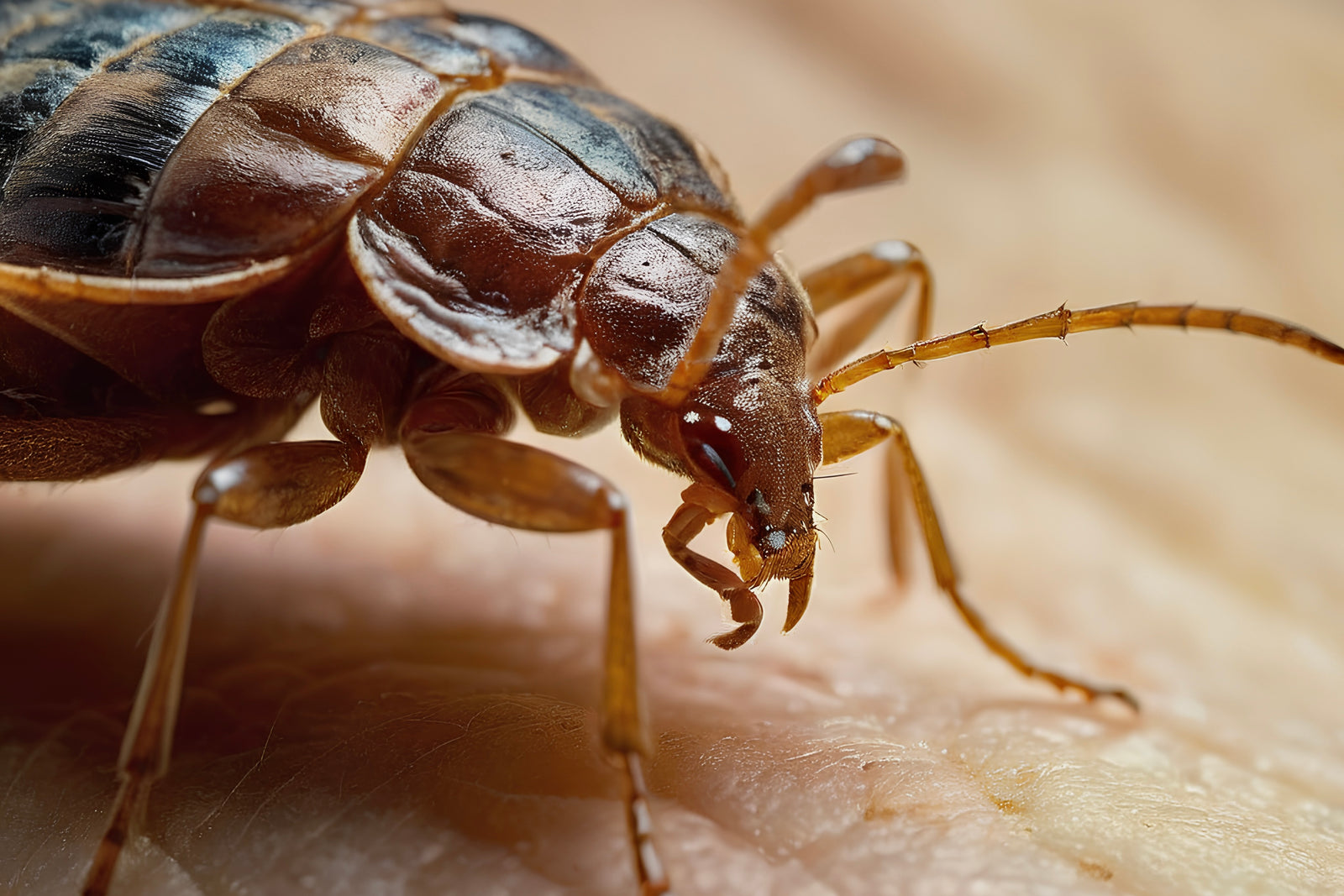The Prevalence of Bed Bugs in Sweden: A Growing Concern

Bed bugs, small nocturnal insects that feed on human blood, have been a persistent issue in many parts of the world. Historically associated with poor living conditions, these pests have become a growing concern even in developed countries. Sweden, known for its high standard of living and cleanliness, is not immune to this problem. In recent years, reports of bed bug infestations have increased across the country, highlighting a need for greater awareness and preventive measures.
The Resurgence of Bed Bugs in Sweden
Bed bugs (Cimex lectularius) were almost eradicated in many parts of the world by the mid-20th century due to widespread use of potent insecticides. However, a combination of increased international travel, pesticide resistance, and changes in pest control practices has led to a resurgence of these pests globally, including in Sweden.
In Sweden, bed bug infestations were relatively rare a few decades ago, but the situation has changed significantly in recent years. The Swedish Pest Control Association (Sveriges Skadedjurssanerare) has reported a steady increase in bed bug cases, particularly in urban areas like Stockholm, Gothenburg, and Malmö. The rise in cases can be attributed to factors such as:
1. International Travel: Sweden’s popularity as a tourist destination and the increasing number of Swedes traveling abroad have contributed to the spread of bed bugs. Hotels, hostels, and public transportation systems are common places where bed bugs can be picked up and unknowingly brought home.
2. Globalization and Migration: The movement of people and goods across borders has also facilitated the spread of bed bugs. Used furniture, luggage, and clothing can harbor bed bugs, leading to infestations in new locations.
3. Pesticide Resistance: Bed bugs have developed resistance to many commonly used insecticides, making them harder to eradicate once they have established themselves in a home or building.
Current Situation and Statistics
The exact prevalence of bed bugs in Sweden is difficult to quantify, as not all cases are reported. However, pest control companies have noted a significant increase in the number of bed bug treatments over the past decade. According to a report from Anticimex, one of Sweden’s largest pest control companies, the number of bed bug cases they handled increased by nearly 20% annually between 2010 and 2020.
In urban centers, the problem is particularly pronounced. Stockholm, with its dense population and high rate of international visitors, has seen some of the highest numbers of bed bug reports. Apartments, hotels, and public transportation systems are common hotspots for infestations.
Impact on Swedish Society
The resurgence of bed bugs in Sweden has several implications:
1. Health Concerns: While bed bugs are not known to transmit diseases, their bites can cause allergic reactions, skin irritations, and psychological distress. The itching and discomfort can lead to sleepless nights, impacting overall well-being and productivity.
2. Economic Impact: Bed bug infestations can be costly to manage. For homeowners, the expense of professional extermination services can be significant. For businesses, especially those in the hospitality industry, bed bug infestations can lead to negative reviews, loss of customers, and even legal liabilities.
3. Social Stigma: There is a persistent social stigma associated with bed bugs, often linked to perceptions of uncleanliness. This stigma can cause embarrassment and reluctance to seek help, allowing the problem to worsen.
Prevention and Control Measures
Given the rising prevalence of bed bugs in Sweden, there is a growing emphasis on prevention and early detection. Here are some recommended strategies:
1. Awareness and Education: Public education campaigns can help people recognize the signs of bed bug infestations and understand the importance of early intervention. This includes knowing how to inspect luggage and clothing after travel and what to do if bed bugs are found.
2. Professional Pest Control: Effective bed bug control often requires the expertise of professional pest control services. These professionals can assess the extent of the infestation and implement appropriate treatment methods, such as heat treatments or specialized insecticides.
3. Regular Inspections: Hotels, hostels, and other accommodations should conduct regular inspections of beds, mattresses, and furniture to detect bed bugs early and prevent them from spreading.
4. Integrated Pest Management (IPM): An IPM approach, combining various strategies like monitoring, sanitation, and targeted pesticide use, can be more effective in controlling bed bug populations while minimizing the impact on health and the environment.
Conclusion
While Sweden is often seen as a clean and orderly country, it is not immune to the global resurgence of bed bugs. The increase in infestations across urban areas is a cause for concern and highlights the need for heightened awareness, prevention, and control efforts. By adopting a proactive approach, both individuals and businesses can mitigate the risks associated with bed bugs and help prevent these pests from becoming an even more widespread problem in Sweden.



